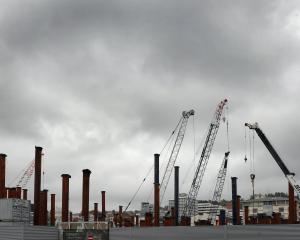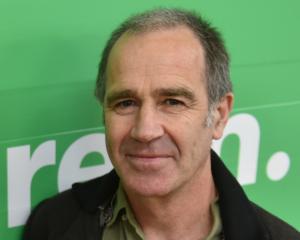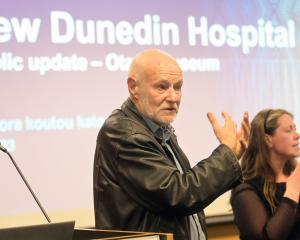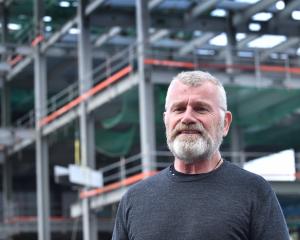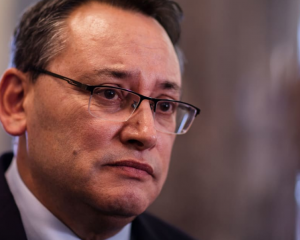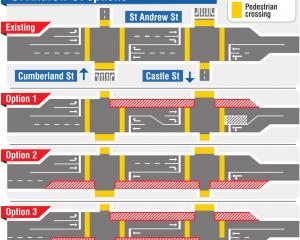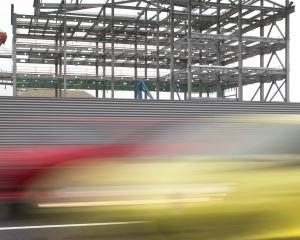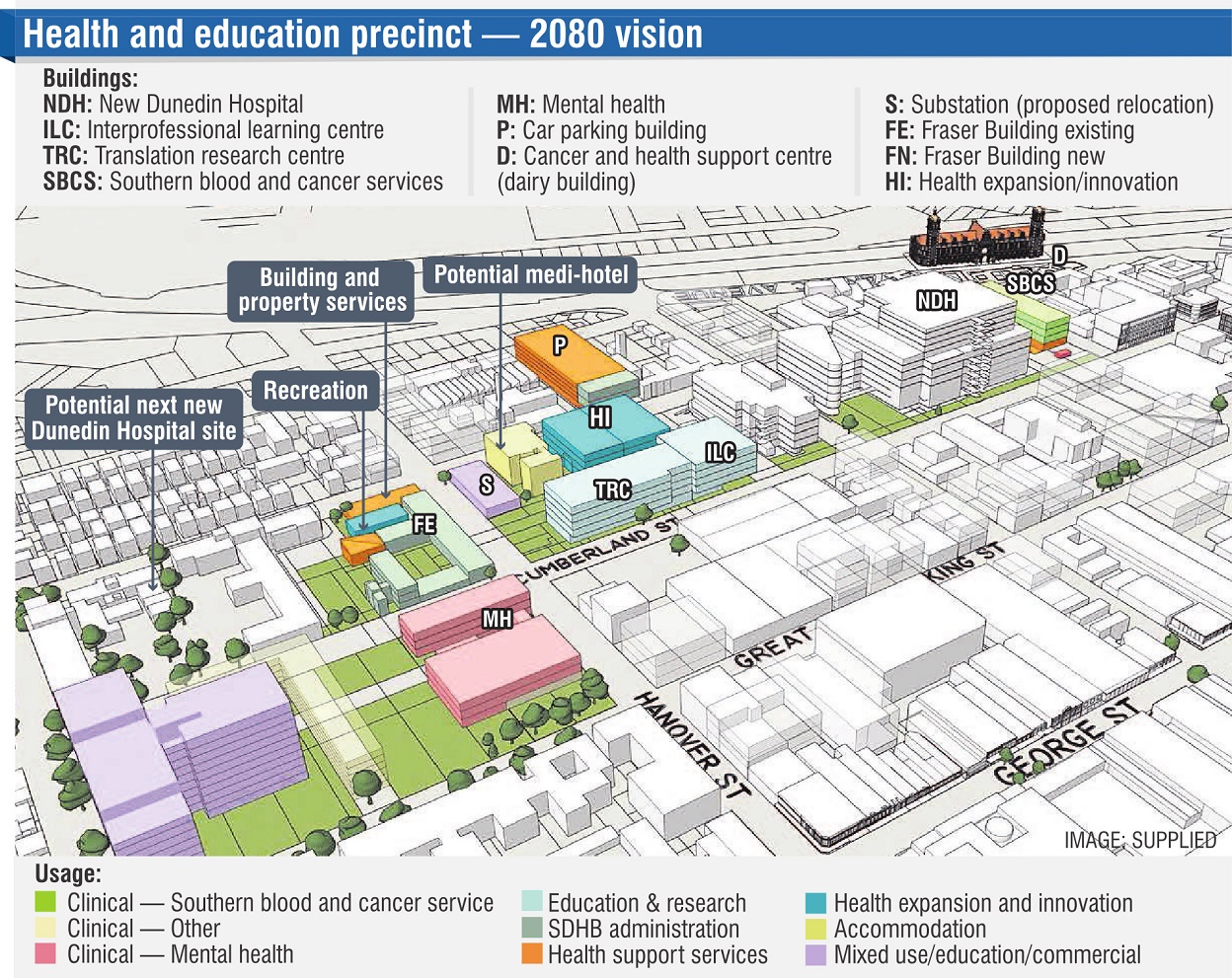
When the Southern District Health Board released its master site plan back in May, the headline in the Otago Daily Times highlighted the carpark building (P) for the new Dunedin hospital (NDH).
Perhaps that was no surprise, the public seemed to have been focussed on that issue but the master site plan was about a great deal more than carparking.
The master site planning exercise was designed to indicate where additional hospital services might fit in coming decades, and to indicate how the University of Otago and Otago Polytechnic health sciences might best mesh with the outpatients and inpatients facilities. This latter point, the meshing of tertiary education and health services, is the heart of Dunedin’s identity and future. It was not something to be left to chance. Master site planning was needed.
It shows the Interprofessional Learning Centre (ILC) abutting outpatients so that staff and students can come and go. It shows the university’s Clinical and Translational Research Centre (TRC), planned for construction sometime after the new inpatients building opens, also closely adjacent so that research, and researchers are close to the hospital. The Southern Blood and Cancer Service (SBCS) must one day be replaced and also needs to be close to patients.
Beyond that there are plans for some mental health (MH) facilities to be shifted closer to the hospital, though probably others will remain and be rebuilt at Wakari, there are plans for family/whanau accommodation (potential Medi-hotel), and there is also some room for unspecified expansion (HI).
These plans are not immutable. They may change if good or compelling reasons arise. However, they are unlikely to change much, and so they set the scene for what this part of Dunedin will roughly look like for the rest of the century. They dovetail with master site planning already undertaken by the university. Other players such as the Dunedin City Council, Ngâi Tahu and commercial interests have been involved.
There is widespread public interest in the future of the existing hospital, but that future is not yet clear. In all likelihood the clinical services building will be demolished, given its poor condition. The ward block is in better condition, though it cannot continue to service hospital patients long term. It will probably have another life in another role in health services, administration, tertiary education, business, accommodation, or all of those things.
One outcome of the master site planning exercise has been a memorandum of understanding between the Southern District Health Board, now Health New Zealand, and the university to the effect that neither party will sell land without first giving the other party a first right of refusal. Such an agreement will hopefully reduce the risk of one or other organisation selling land and regretting it later. Because the health-tertiary education relationship is at the heart of Dunedins social and economic wellbeing, it makes sense to take big land decisions carefully.

